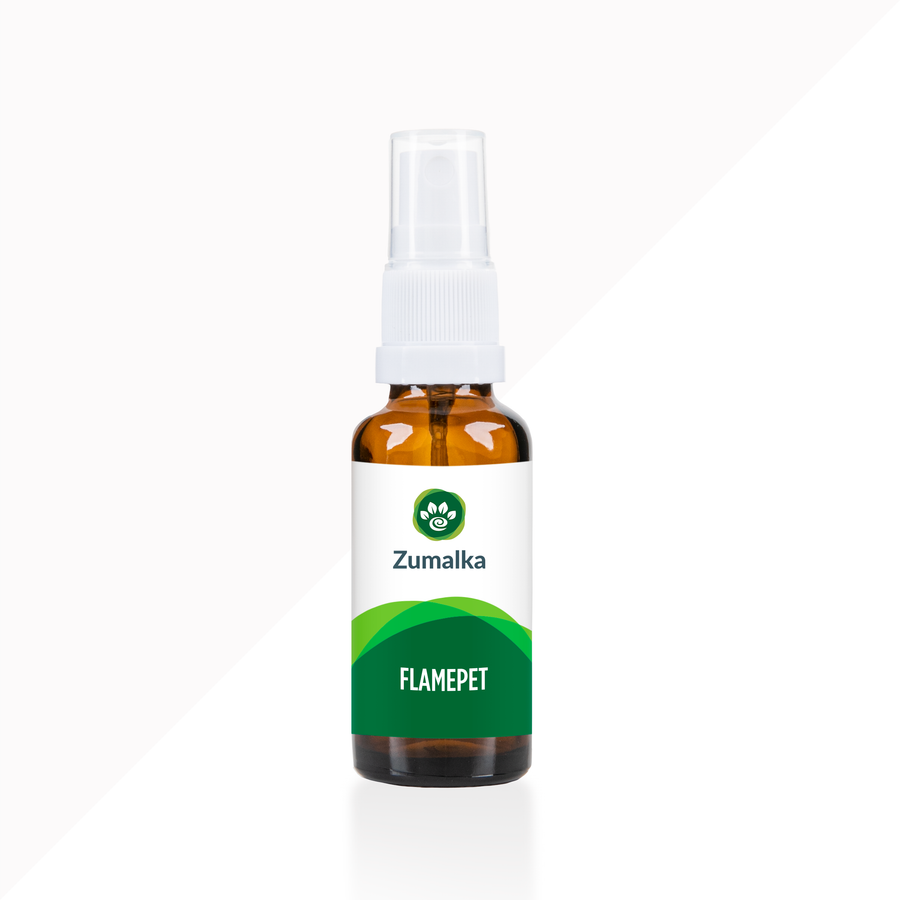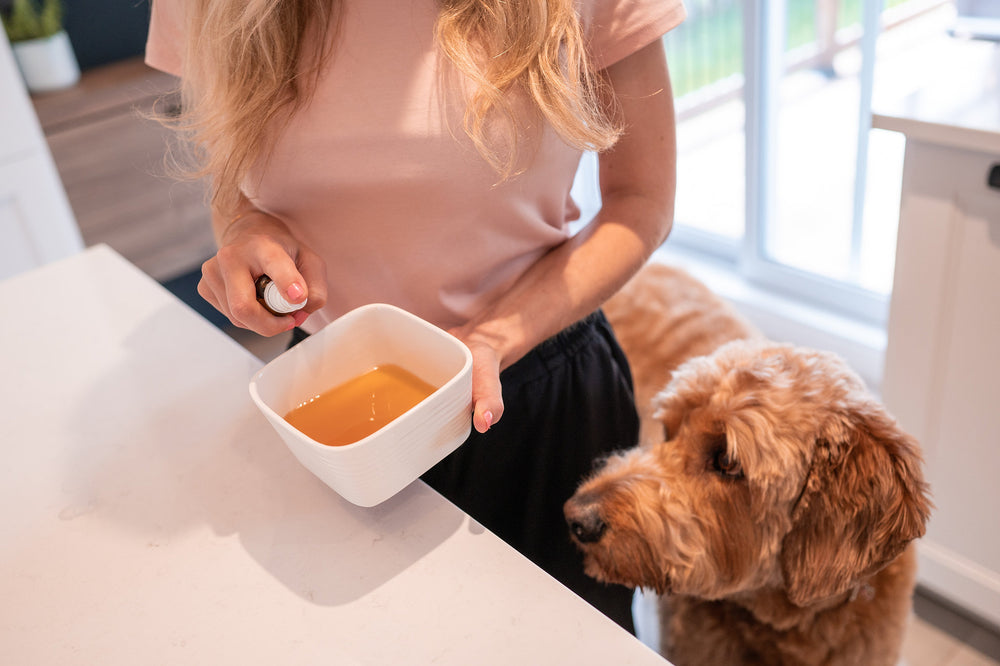HORSE LAMINITIS: TAKING IT SERIOUSLY & TREATING IT
As you have probably noticed, our articles often deal with subjects affecting our canine and feline companions. Here I am shifting away from that trend by discussing an important topic that should be of interest to any horse owner.
If you share your daily life with an equine friend, it’s essential to keep yourself informed about the health problems they may encounter during their life. Some ailments may seem trivial at first glance, but can have serious consequences.
-
Click to learn more : 👉 Natural product to promote your horse or cattle's health even during LAMINITIS 🐴🐮
In this article we are going to demystify a serious disease that affects a large number of horses. The next few lines will deal with a little-known but very common subject: horse laminitis.
Read on for the tools you need to better understand what could happen to your horse if it gets laminitis. Be prepared to act quickly to avoid the worst.
What is laminitis?
This very common disease affects horse’s feet.
Other hoofed animals, such as cattle and donkeys, are also at high risk for laminitis due to the similar anatomy of their feet. Research has shown that 65% of foot injuries in cattle is directly or indirectly related to laminitis.
Laminitis is characterized by inflammation of the tissues (laminae) of the horse's foot, causing a loss of strength between these two layers: the insensitive (epidermal) laminae and the sensitive (dermal) laminae. The cohesion between these two structures of the horse's foot is essential to its health.
The destabilization between these components of the foot causes movement of the third phalanx of the foot (known as the pedal bone or coffin bone) and can have painful results. The third phalanx is normally parallel to the ground and to the hoof. Inflammation of the tissues of the foot can cause the angle of this bone to shift downward.
If the inflammation is treated properly and quickly, before displacement of the phalanx, the horse can usually recover without repercussion. On the other hand, this condition evolves very quickly and that is why it’s important to inform a vet at the first signs of inflammation in order to avoid the development of major concerns.
The movement of the third phalanx can compress the blood vessels in the foot, which is why in acute laminitis, congestion of the foot is observed.
Untreated, or diagnosed late, the tilting of the third phalanx can continue until it actually pierces the sole (the underside of the hoof). The horse may then refuse to stand up and this can cause colic or other very serious systemic ailments over the long term. This condition can cause the loss of the hoof and even, in some cases, the death of the horse.
Read the Symptoms of laminitis section to learn more about the signs to look out for in order to spot this disease in its early stages and therefore avoid the worst.
Symptoms of laminitis
Depending on the cause and the degree of laminitis, different presentations of this disease are possible. The forelimbs are the most often affected.
Laminitis can present in both acute and chronic forms. Acute laminitis will be very intense.
Here are some examples of how acute laminitis manifests in horses. Symptoms generally present chronologically in this order:
- Warmth in the foot
- Easily noticeable digital pulse
- Stomping, refusal to move
- Refusal to have feet touched or moved
- Lameness or limping
- Weight transfer to the heels
- Refusal to remain in a standing position
In very serious cases:
- Loss of the hoof
- Death of the animal
Other systemic signs such as the following may also be observed:
- Fever
- Increased heart rate and respiratory rate (sign of pain)
- Digestive signs (colic, diarrhea) if the laminitis is food-related (see Causes of laminitis)
- Prostration (if the horse is in severe pain)
The shape of the hoof of a horse living with chronic laminitis may change over time. Between episodes of recurrence, this is sometimes the only noticeable symptom of this condition. Normally, the pain should subside between the occasional acute episode.
Causes of laminitis
The causes of laminitis are still unclear. However, many professionals agree on certain important risk factors:
Overweight
In cases of obesity, the feet must support additional weight. This extra pressure on the extremities represents a trauma and can cause inflammation.
In fact, horses who favor one of their limbs can put this additional pressure on their opposite leg. This phenomenon is also observable during lameness.
Trauma
Improper shoeing or working on ground that is too hard can also cause inflammation of the foot.
Dietary
This is one of the most common causes, along with obesity. Laminitis can appear as a result of a mistake made in relation to your horse's diet.
A horse can develop laminitis following an abnormally high intake of carbohydrates. This is often seen when horses eat a lot of green grass in early spring. This herb is very sweet and therefore has a high carbohydrate content.
In this case, the laminitis is actually due to the release of toxins of a bacterial nature into the blood as a result of this dietary error. This is called endotoxemia.
Other pre-existing pathologies
These pathologies can also induce endotoxemia and therefore potentially be indirect causes of laminitis: pneumonia, colic, diarrhea, metritis or even foaling.
Two hormonal causes
Cushing's disease and equine metabolic syndrome (a disease similar to diabetes in humans) are also risk factors.
A fellow animal health technician recently told me the story of a case she encountered in the course of her work. She participated in the care of a pony suffering from laminitis.
He was too fat, she told me. She added that this horse had its diet changed shortly before the episode, to a grass-based diet. This change, she says, happened very quickly.
She told me that she noticed lines on the poor pony's hoof, a sign of a past episode of laminitis. She described to me that it adopted a position where it was leaning backwards, transferring its body weight to its heels. This indicates a sharp pain at the point of its hoof.
Treating laminitis in horses
I invite you to consult the LAMINITIS product for horses.
Having this natural product on hand allows you to act quickly, even before the vet's visit, in cases of laminitis. It helps your pet's body fight off toxins that can be the cause of this condition. You want to reduce the inflammation in the foot and promotes better blood circulation.
Let me remind you that, in the event of laminitis, it is essential to act quickly given the serious consequences it can cause. Help your horse with this product at the first signs of inflammation.
As mentioned earlier, this condition can degrade quickly. You also need to be patient, since laminitis, especially in its chronic form, can take months to heal.
The vet will make a diagnosis of laminitis following an analysis of the clinical signs (Symptoms of laminitis). They will confirm the degree of severity of the laminitis and will follow its progress through X-rays, by monitoring the angle of the third phalanx on the images obtained.
Once a diagnosis of laminitis is made, the cause will need to be treated first. If, for example, the horse is too fat, the laminitis will only persist if the animal does not lose the excess weight responsible for the inflammation in the foot.
Do you know how to care for your horse if it suffers from laminitis?
- Give anti-inflammatory and/or antibiotics: The vet can guide you through a treatment with anti-inflammatory drugs. They help manage this inflammation in the foot and are effective against pain. They may also recommend antibiotics if the laminitis is bacterial. Follow your vet's treatment plan exactly to increase the chances of a quick and complete recovery.
- Helping your horse at home with a natural and holistic product such as this LAMINITIS product.
- Provide suitable shoeing: If your farrier has access to x-rays, they can provide the horse with a shoe suitable for the severity of the laminitis, which should make it more comfortable and speed up recovery.
- Total rest: The horse must be confined to the stall during the recovery period. Providing your horse with a thick, soft bedding will aid in healing. Providing your horse with a companion during this time of isolation can also help reduce stress and aid recovery.
- Diet: Modify your pet's diet according to your vet's recommendations. They may recommend a water diet for a while.
- Cold: Your vet may also recommend applying a cold compress to your horse's hoof and pastern for relief. On the other hand, the cold can also affect the blood circulation in the foot and therefore, can interfere with healing in some cases. Follow the advice of your vet which will be appropriate for the condition of your horse.
After a few weeks of treatment and extensive veterinary follow-up, the tilting of the phalanx should stabilize. The horse may see its gait improved as a result of the care provided, but it can also remain compromised.
How to prevent laminitis
Here are some things you can do to help prevent laminitis:
- Manage a horse's excess weight by following an exercise program.
- Avoid prolonged efforts by the animal on hard ground.
- Avoid a drastic change in diet to grass.
- If the horse accidentally finds access to green grass (rich in carbohydrates) and ingests a large amount, see a vet. Do not wait for laminitis symptoms before acting in such circumstances.
- Maintain your horse's feet regularly.
- Treat any problem with your horse's feet immediately.
- Check your horse's digital pulse daily.
- Watch out for any form of infection.
- Provide small meals, more frequently.
- Screen for hormonal diseases predisposing to laminitis.
In summary, horse laminitis is a very common ailment that must be taken seriously. This disease, which affects the hooves of horses, cattle and donkeys, is crippling and can have disastrous consequences if the situation is not addressed quickly.
Keep the causes of laminitis in mind during the daily care of your horse and watch for symptoms. Have our LAMINITIS product handy so that you are ready to act at the first signs.
Laminitis is a serious and complex disease. I hope this information has helped you understand it better and that you now feel better equipped to prevent its development in your equine companions.





Leave a comment